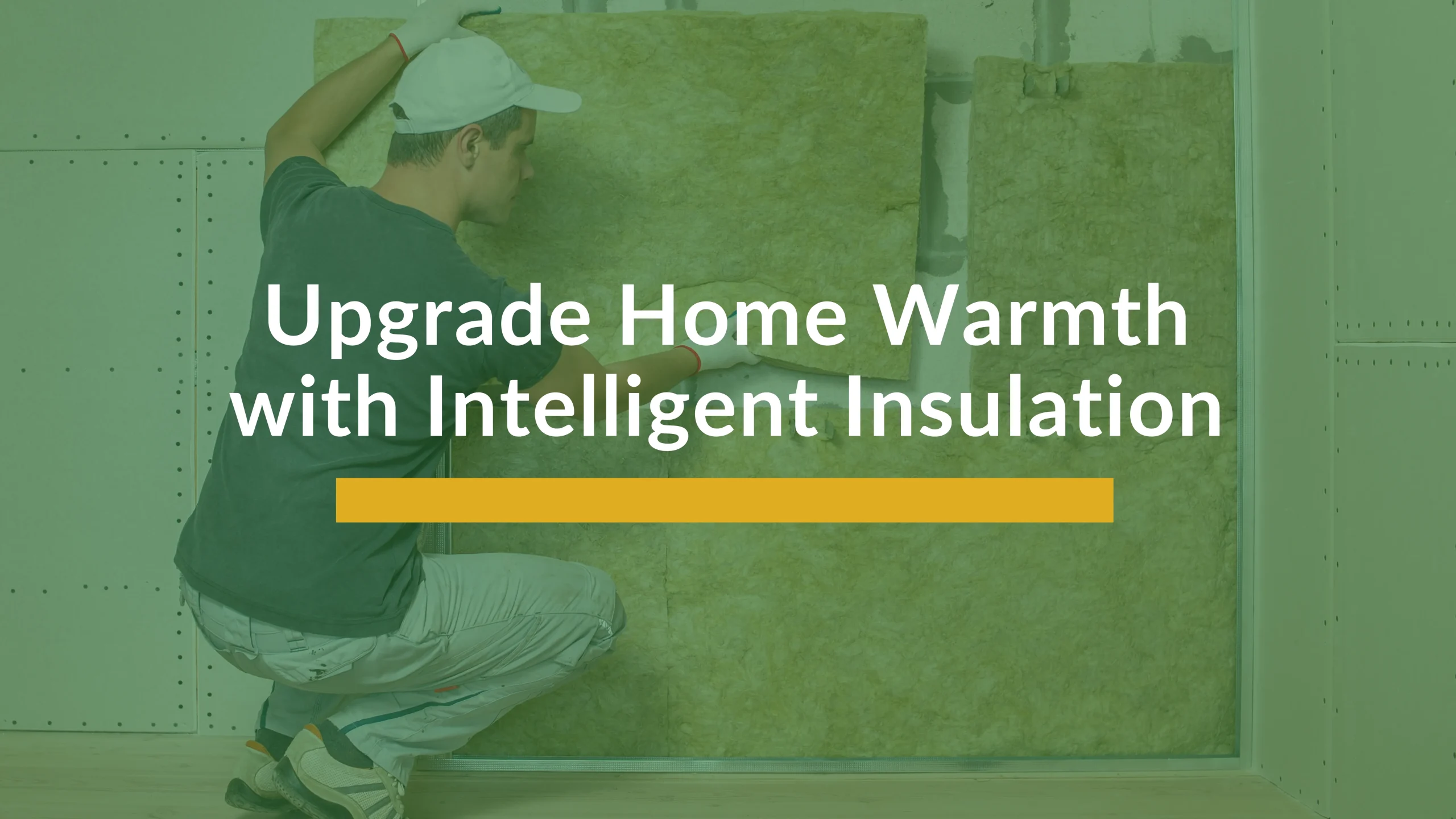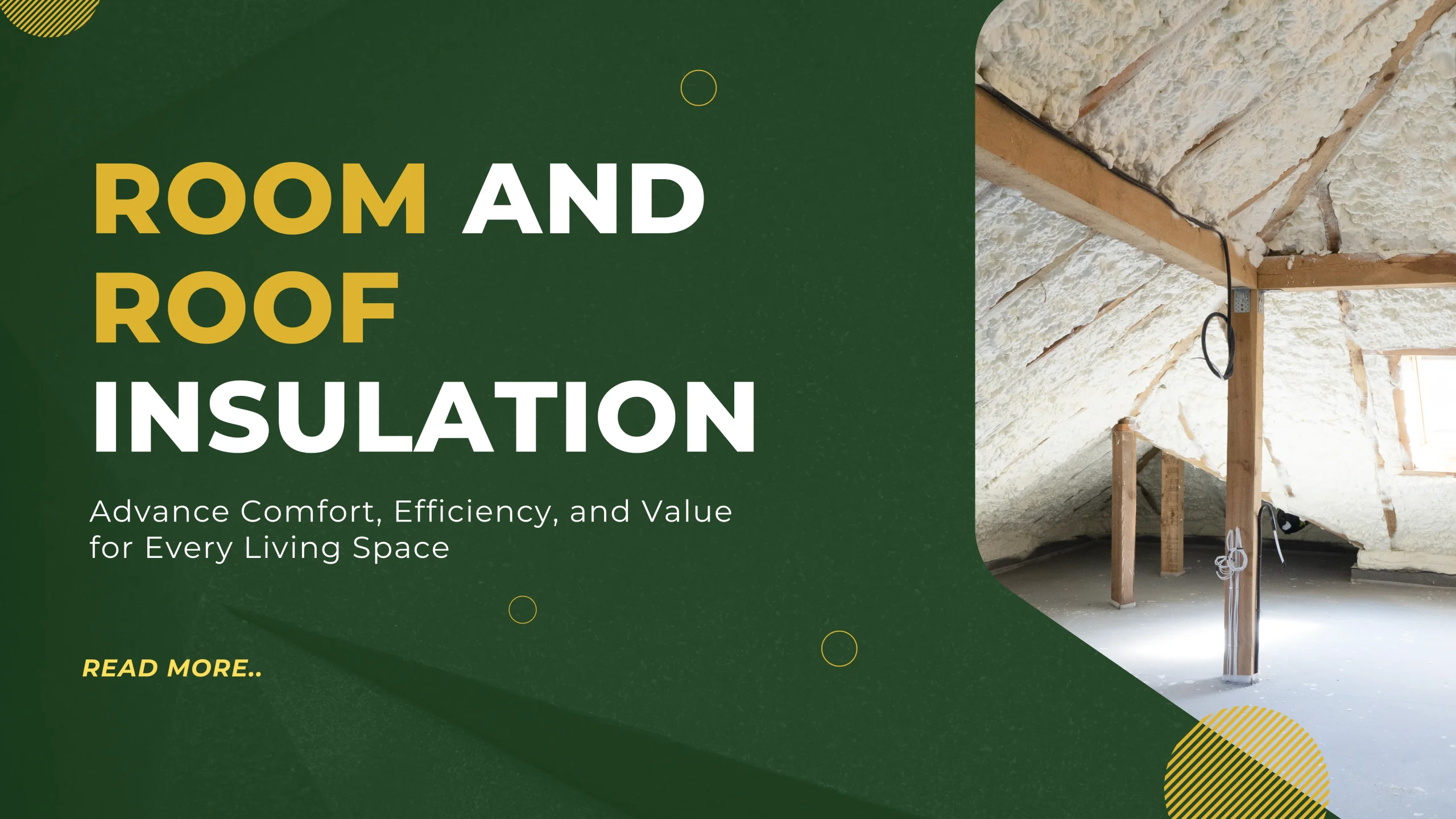If you’re searching for energy-efficient heating and cooling options, you may have heard of the term air source heat pump. But how does this new system operate, and why are its uses increasing in today’s homes and cool offices? In this blog post, we’ll dissect how an air source heat pump works, what it can do for you, and why you might want to welcome it into your home with open arms.

How does an air source heat pump work
What is an Air Source Heat Pump?
This electricity-powered unit draws heat from outside to warm indoor spaces or provide hot water. It doesn’t burn fuel on the surface like traditional heating systems do, and it isn’t just electrical resistance heat. Instead, it employs a process known as heat transfer to keep spaces warm in winter and cool in summer.
It functions as both a chiller and a heater, providing year-round comfort. Whether you’re constructing new or renovating, an ASHP offers an innovative, green way to control your indoor environment.
So, how exactly does an air source heat pump work? Read on to discover more!
How an Air Source Heat Pump Works
How do air source heat pumps work? Air source heat pumps work through a straightforward process of heat transfer. Fundamentally, it takes heat from the outdoor air and transports it inside when it’s chilly outside. In the summer, it reverses its direction to pull heat out of your home and transfer it outside, cooling your living space efficiently.
Here is a step-by-step explanation of the process:
Absorption of Heat
The ASHP takes energy from the outside air even in very low temperatures down to as low as -4°F. The refrigerant fluid used in ASHPs is highly effective at extracting heat, as it has a low boiling point.
Compression
The refrigerant is then compressed, causing its temperature to rise. This heat is then used to warm water or air that travels through radiators, underfloor heating, or other systems in your space.
Heat Transfer
The now-heated refrigerant then comes indoors, where the heat is given up to your space’s heating system through a heat exchange.
Release and Recycle
The refrigerant loses heat indoors and, as a result, cools down, then returns outside, where the cycle starts all over again, creating a constant loop that’s efficient.
This process reverses for cooling in the summer. With a sound air source heat pump installation, you can expect the unit to function smoothly, maintaining a comfortable temperature throughout the entire year.
The benefits of air-source heat pumps
Still is an air-source heat pump system worth the investment? If you need a little convincing, here are five great reasons that may change your mind:
Low Running Costs: When it comes to performance and energy efficiency, the Air Source Heat Pumps are one-of-a-kind, delivering up to 300% more heating output compared to the electricity input. This can significantly reduce your energy bills.
Eco-Friendly: The systems reduce carbon footprints by using renewable energy extracted from the air rather than fossil fuels.
Both a Heater and a Cooler: With standard units, you would need to buy two separate units to get both the functions of a heater and a cooler, but not with a Mini split heat pump.
Very Low Maintenance: Installed, and that’s it; no hassle, no work, enjoy. With a lifespan of 20+ Years, you don’t have to keep replacing it as you do with real grass.
Government Grants: Many areas offer grants, discounts, rebates, or tax credits to help offset the cost of eco-friendly technologies, including heat pumps.
These are just some of the reasons that are prompting an increasing number of people and businesses alike to consider the benefits of air-source heat pumps.
Categories of Air Source Heat Pump Systems
When it comes to installing an ASHP, it’s essential to understand your options. The following are the primary types of air source heat pump systems currently available on the market.
Air-to-Air Heat Pumps
These systems take in heat from the air and then circulate it inside with indoor fans. They are popular in homes with existing ductwork.
Air-to-Water Heat Pumps
More typical intoday’s installations, these heat pumps heat hot water that flows through underfloor heating or radiators.
Hybrid Systems
A hybr d air source heapumps are installed talled alongside boilers or other heating units, adding versatility. This combines both speed and performance.
The type you choose will depend on factors such as your apartment’s layout, insulation,, and your heating and cooling needs.
Is An Air-Source Heat Pump Right for You?
What is necessary and right for you when it comes to choosing to have an air source heat pump installed? Here are a few real-world examples of where ASHPs excel:
Building a New House, Landscaping, or Remodeling: Plan Your Property with Energy Savings in Mind.
Wanting to be Green: State of the art in reducing dependence on gas and lowering CO2 emissions.
Costly Energy Bills: Reduce operating costs by a significant margin. Air especially effective heat to large spaces.
However, when it comes to using an air source heat pump, installation is everything.
Factors to Consider When Installing an ASHP
Air source heat pumps Above all, there are loads of advantages to air source heat pumps, here are a few things to consider before you install one:
Space Need: It is essential to determine If you have space outdoors to place it.
Insulation: Good walls, floors,, and windows to increase efficiency.
Climate Suitability: we can operate at cold temperatures, but there are an extremes limit at which serious issues arise with efficiency,, and a costly substitute is required.
Expense: The initial cost of such systems may be greater than that of conventional ones, but the cost pays off in the long run.
Having a reliable hand to manage your air source heat pump installation enables you to gain the most value out of these solutions.
Frequently Asked Questions
What is an air source heat pump?
An air source heat pump system is a heating and cooling system that transfers heat to and from the outside air to your home, providing comfortable temperatures during any season while offerinenergy-efficient climate control.
What is involved in installing an air source heat pump system?
At installation, an outdoor unit is placed to draw heat from the air, and indoor units are arranged to deliver warm or cool air to a room. Experts will ensure the installation is suitable for your home, allowing you to achieve the best performance from your system.
What are the primary benefits of an air source heat pump?
Air source heat pumps are efficient, green, affordable, and low maintenance. Furthermore, they can double as a combination system to provide both heating and cooling.
Is it possible to use an air-to-air heat pump system in colder climates?
Yes, air source heat pumps will pull heat out under freezing conditions conditions and more if necessary for heat (up to a point),, but they will be less efficient if drastically cold and may need heat.
What is an air source heat pump chiller?
Air source heat pump chiller is a type of device created to cool spaces by pulling heat from ins to out; this making it suitable for use in hot regions.
Is an air source heat pump installation value for money?
Although being a bit more expensive to purchase, when considering the utility savings and positive impact on the environment, the investment can prove itself valuable to many of us.
How many years will an air source heat pump last?
Supported by routine maintenance, an air source heat pump system could last between 15 to 20 years, giving you energy-efficient heating and cooling for an extended period






